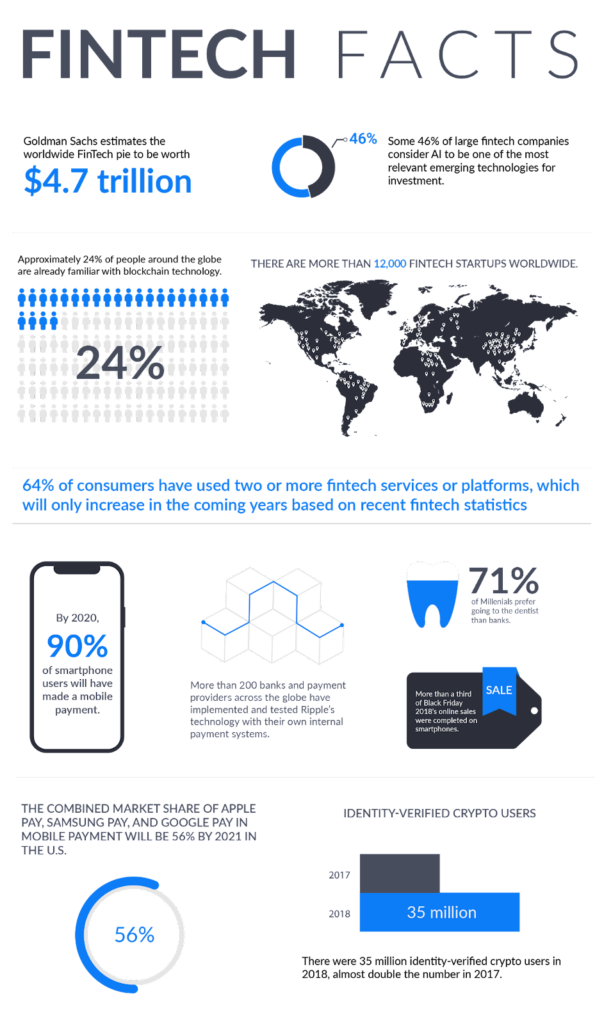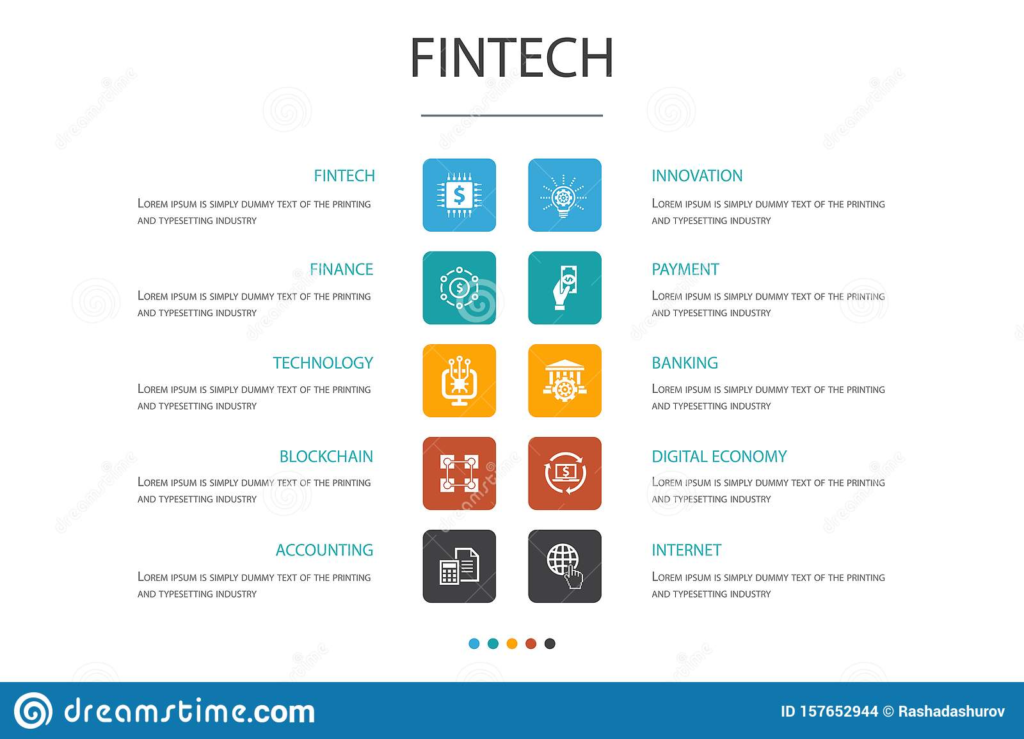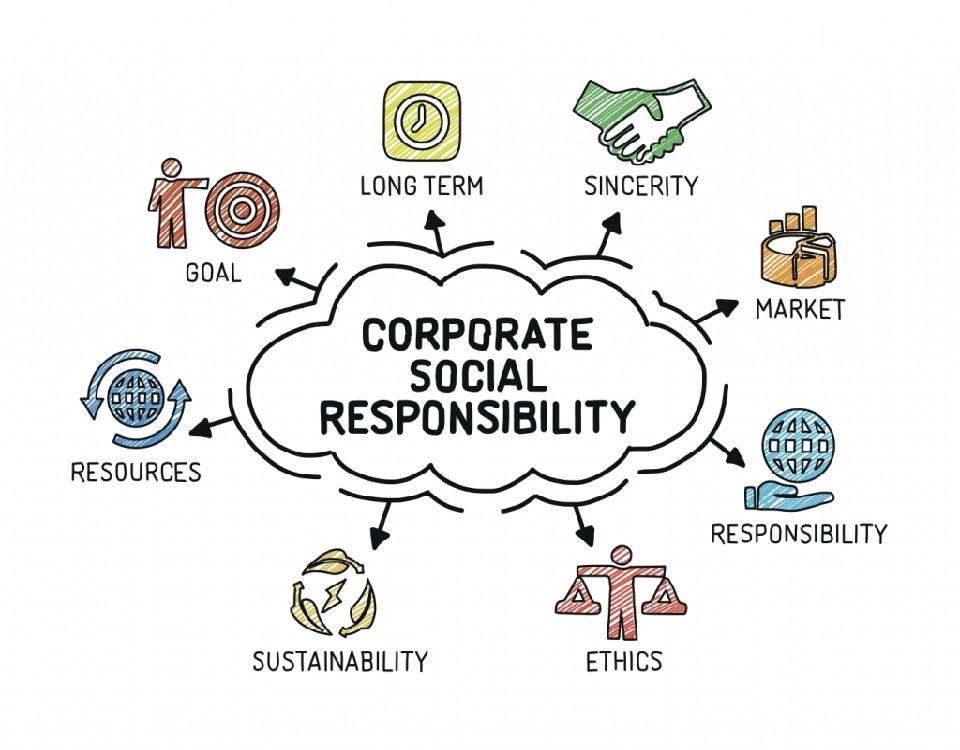10 Content Blog Ideas For Your Fintech Website

Fintech is an abbreviation that refers to the merging of finance and technology. Fintech uses cutting-edge technology to provide financial services to individuals and enterprises. It might be the buying and selling of cryptocurrencies.
Fintech solutions include electronic payment authentication, mobile banking to insurance and investing applications, and a lot more.

Financial technology businesses understand that content marketing is a significant driver of marketing and business performance. According to research conducted by BackBay Communications, 96% of the top fintech website and firms constantly provide thought leadership material.

A blog post allows you to perform several different things in one spot. It will enable you to broaden the scope of your business.
Keywords are one technique to accomplish this. When people search for a company that does what you do on Google, LinkedIn, or other social media sites, they will use various unique keywords and phrases.
You’ll have a higher chance of reaching a larger audience and driving more traffic to your website if you can compose a blog post that combines those keywords regularly.
Blog articles also provide you the opportunity to sell your company’s services. Sure, a logo or a quick bio will give folks a hint; however, if they are reading your blog post, you have the opportunity to sell to them appropriately.

10 Content Blog Ideas for Your Fintech Website
We’ve created an outline of blog post ideas for a fintech website company that will last for a year, provided you write at least one piece every week.
Consistency in publishing is the key to blogging success. Focus, planning, and a willingness to invest in your blog are critical in making it happen. A good mix of diverse content types, such as blogs, photos, infographics, video material, point-of-views, whitepapers, podcasts/audio content, and so on, is typically well-received by audiences.
Furthermore, blogging does not necessitate the creation of fresh material regularly. Authentic and intelligent content selection may sometimes be quite beneficial to your organization and its environment. The following are 10 ideas for you to try today.
- What motivated you to start your company? What was the revelation for the project, and how did it come true?
The introductory blog is a great place to start because it’s a simple method to get information about yourself and your company out to the public.
Did you see a market gap? Are you ardent about what you do for a living? What do you want to achieve with your company? This is the place to say everything. Give your target audience an understanding of your company, its’ goals, mission, and vision.
- Pick any hot topic (technology, business, or process) and your thoughts on the same
Trendy topics are an excellent topic to pursue since they provide the ideal opportunity to gain new members of your already existing audience.
Blogs on topical, currently trending subjects can promote social media sharing. Join the bandwagon while also promoting your financial website.
- Conduct expert interviews for bite-size podcast episodes.
Yes, it is critical to share the company’s knowledge. However, it would be best if you also considered sharing perspectives from outside the organization. Your partners, customers, industry analysts, consultants, or well-known industry pundits might fall under this category.
Interviewing outside people may provide insights for fintech writers and content marketing managers, allowing them to create distinctive and advice-laden material. There’s a bonus. The people you interview are also likely to share your material with their contacts.
- Markets are being improved and disrupted by start-up companies
This is an excellent opportunity to explain the distinctions between giant corporations and small businesses. It will allow you to delve further into how start-ups might disrupt the industry and what advantages they may provide. With this idea, pan out weeks of bog content.
5. CSR efforts of your company

A blog on CSR efforts (Corporate Social Responsibility) and what your firm is doing to support specific topics that your audience cares about is essential.
CSR builds your audience’s trust, critical to any fintech website’s development. If their values align with yours, loyalty is a sure shot. FinTech firms have become increasingly recognized as essential components of corporate operations, particularly when it comes to CSR initiatives.
6. Make a must-read roundup of articles
As an online curated resource that anybody can refer to, a must-read roundup of 8–10 intriguing articles, news, thoughts, ideas, viewpoints – on life hacks, productivity, becoming better at work, general inspiration would be ideal.
Reading this blog will provide your readers with inspiration and motivation to continue working on their projects. It also shows them what has previously been done and allows them to benefit from the lessons learned by professionals in the field
7. Develop calculators that are Interactive
Another form of material to consider is website pricing calculators, templates, or checklists. Clean design, jargon-free language that consumers understand, and a sense of trust between the business and the user are all features of the most acceptable calculators.
8. FinTech bloggers’ current advertising and marketing trends

Advertising trends change all the time, so it’s critical to keep your audience informed about what they can do to improve their marketing.
It would be prudent to talk about patterns we’re witnessing now or will see soon. The internet is currently a common form of marketing; nevertheless, the tactics utilized for marketing may vary based on what your company does.
9. Inform your target audience about new website upgrades
Keep in mind that the goal of your blog is to keep people interested in your company, so keep talking about it. If you have any new information, make a blog entry about it. If you write current content regularly, you will likely attract many viewers. This implies that if you write a blog article only about your business, you’ll already have a following eager to learn more.

10. Find alternating voices for a singular topic
Pick any presently trendy issue and obtain three or more different perspectives on it. Write an article using the perspectives of a client, technology provider, product seller, and analyst.
For example, if the topic you’re now interested in is following generation analytics solutions. Simply combining voices from various viewpoints can be unique and fascinating.

Conclusion
Blogging is significant on a fintech website for a variety of reasons, these include:
- To produce leads and business.
- To establish a brand.
- To be informed about market and industry developments.
- Use social media to interact with consumers, partners, suppliers, analysts, solution providers, and others in your industrial ecosystem.
- To share your thoughts, voice, experiences, and accomplishments (and mistakes) as a thought leader.
Above is an indicative list of 10 ideas to help your fintech website outline the blogging strategy, plan, and editorial calendar.
FAQs
Fintech (financial technology) is a phrase that refers to new technology that strives to enhance and automate financial service delivery and consumption.
1. Financial technology and banking services
2. Fintech news every day
3. FintechLinks FintechWeekly
4. Fintech Finance is a term used to describe a type
Finovate
5. The Times of Finextra Credit Union
Fintech firms, in a nutshell, make financial services more accessible to the general population.
Traditional financial transactions such as saving, investing, and loan processing are included in these services. However, it also has cutting-edge financial technology such as blockchain and cryptocurrencies.
Personal Capital, Lending Club, Kabbage, and Wealthfront are examples of FinTech firms that have developed in the last decade, offering fresh twists on financial principles and allowing individuals to have greater control over their financial results.
There are two excellent methods for doing so:
Write about issues that directly address the pain points of your target users. Please get to the base of their problems and respond to their queries with empathy.
Make your brand’s voice unique. The majority of Fintech applications want to appear trustworthy, transparent, and reputable.
Digital lending, payments, blockchain, and digital wealth management are of great interest because of their rapid development, technical disruption, and regulatory and other issues.
Latest Blogs
Explore how Google’s 2025 AI search updates triggered ranking chaos. Learn actionable strategies to adapt your SEO for AI Overviews, zero-click searches, and SERP volatility. Stay ahead now.
Learn how to rank on AI search engines like ChatGPT, Perplexity, and Gemini by optimizing your content for authority, structure, and relevance. Stay ahead in AI-driven search with this strategic guide.
Explore the best healthcare SEO services for your medical practice. Improve online visibility and effectively reach more patients in need of your services.
Get your hands on the latest news!
Similar Posts

B2C Marketing
5 mins read
Top Choices for Best Content Marketing Services in B2B Industries

Artificial Intelligence
5 mins read
How A Lead Generation Specialist Can Use AI-Powered Content Funnels to Drive Conversions

Artificial Intelligence
4 mins read